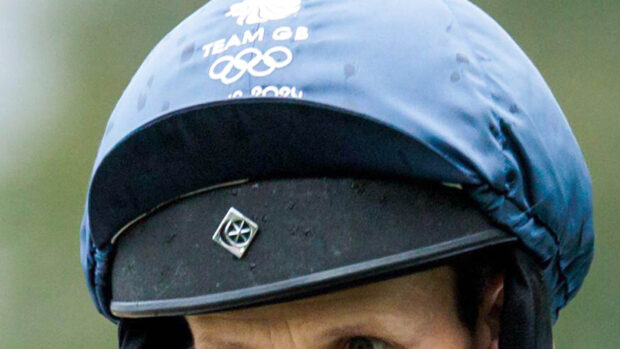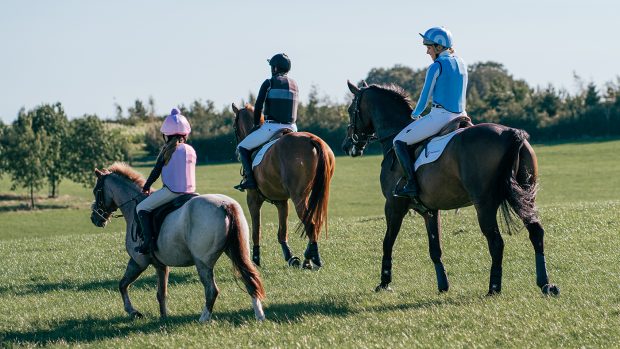Body protectors are designed to offer protection against impacts suffered when falling from a horse and although injuries cannot be entirely prevented by wearing a well-fitting BETA-approved garment, it should reduce the severity of an injury.
A rider may fall onto soft or hard ground or hard objects such as trees, vehicles and rails, as well as being at risk of being kicked or trodden, so the latest body protectors have been developed with these injuries in mind.
While current body protectors do not provide protection against severe crushing of the body, there has been some research and development in this area. A prototype “body cage” (pictured) — a protector designed to prevent crush injuries by withstanding the weight of a falling horse — was unveiled at Burghley last year.
According to Body Cage designer Matthew Aspray, a licencing deal has been signed with a major equestrian company and a new body protector, incorporating the body cage, is currently being prepared for manufacturer and is expected to hit the shelves later this year.
Competition rules
Currently British Eventing requires all riders to wear BETA-approved body protection for cross-country but leaves the individual to decide whether or not to wear one during the other two phases of the sport.
Body protectors are optional for British Show Jumping Association and British Dressage competitions, while riders competing in British Riding Club competitions must wear them for hunter trials and the cross-country phase of horse trials. BRC also recommends they are worn for show jumping but this is not compulsory.
Wendy Peckham of the BHS says: “We encourage all riders to wear body protection when they are mounted. Riding is a high-risk sport and while we can never eliminate all the risk, it is sensible to do the best we can to protect ourselves. Body protectors are much less cumbersome than they used to be and the injuries associated with a fall may be reduce to just bruising by wearing well-fitting protection.”
BETA has the following guidelines for riders looking to purchase a body protector.
1. Ensure that you try the correct size of body protector and that it is adjusted to give a close fit to the torso
2. A visit to a properly trained retailer is recommended, such as one with the BETA safety course certificate
3. Manufacturers offer a special size service or even made-to-measure body protectors. If one cannot be found that fits comfortably, it is possible to order one that will fit and is comfortable
Fitting facts
- The body protector should be tried on over light clothing. Check that it is comfortable to wear in all simulated riding positions.
- It should fit securely and reasonably tightly to avoid movement during activity and to ensure that it is in place in the event of an accident
- Adjust the body protector to a snug fit. Check that no red Velcro is exposed at the shoulder or waist closures. If it is visible, the protector is too small or is incorrectly fastened
- Women may find that a larger size of front panel than back panel gives a more comfortable fit. Panels from adjacent sizes are compatible
- In garments where a shoulder protector is separate, you may find that the garment can be adjusted at the shoulder



